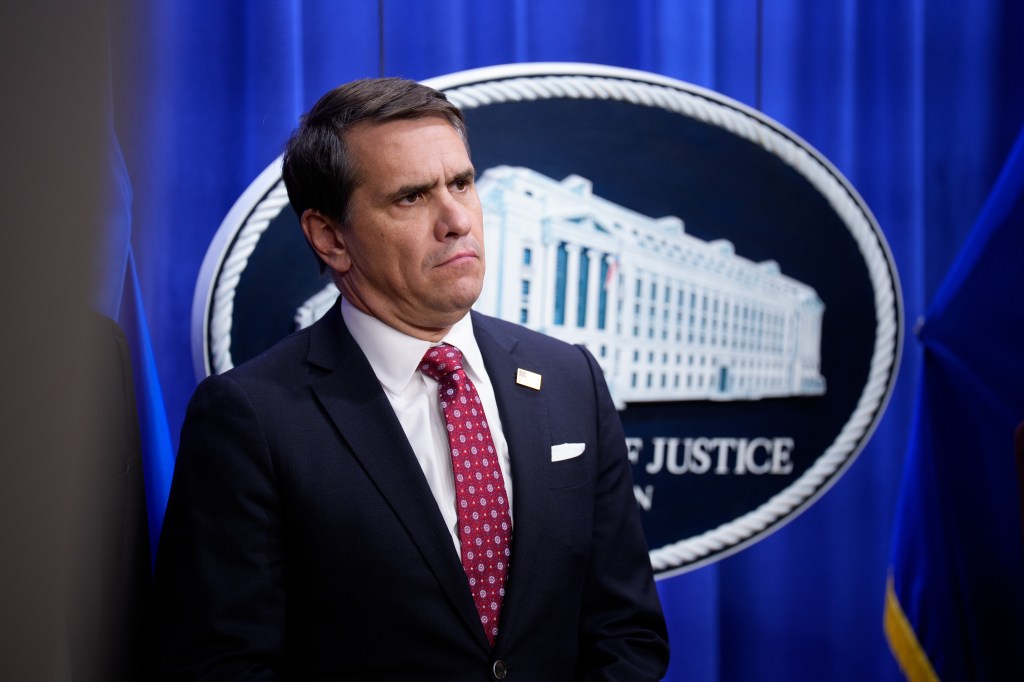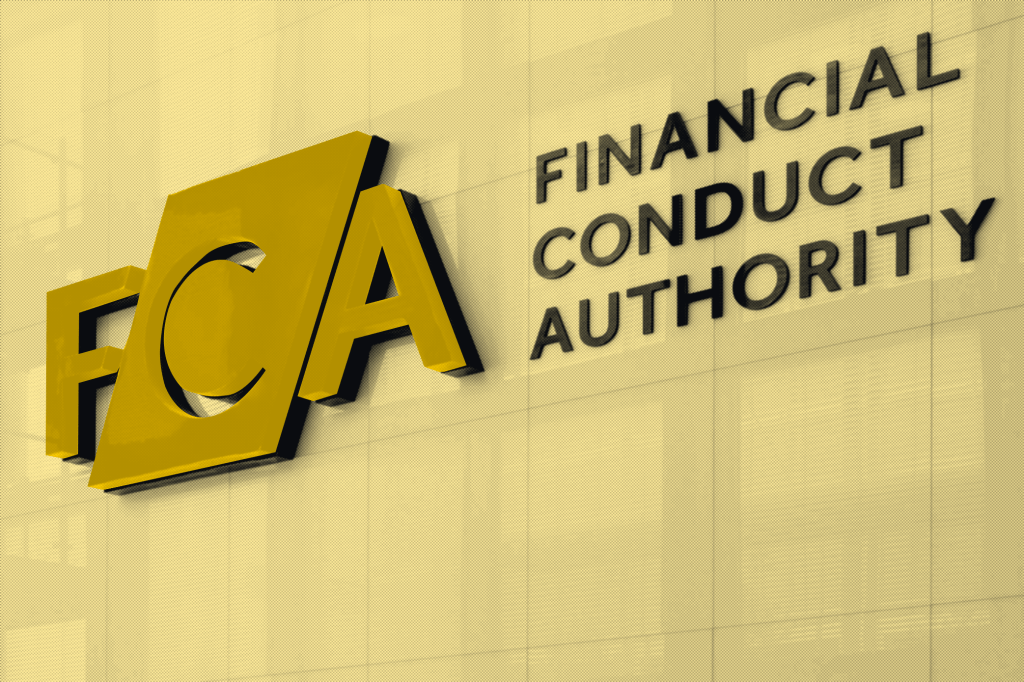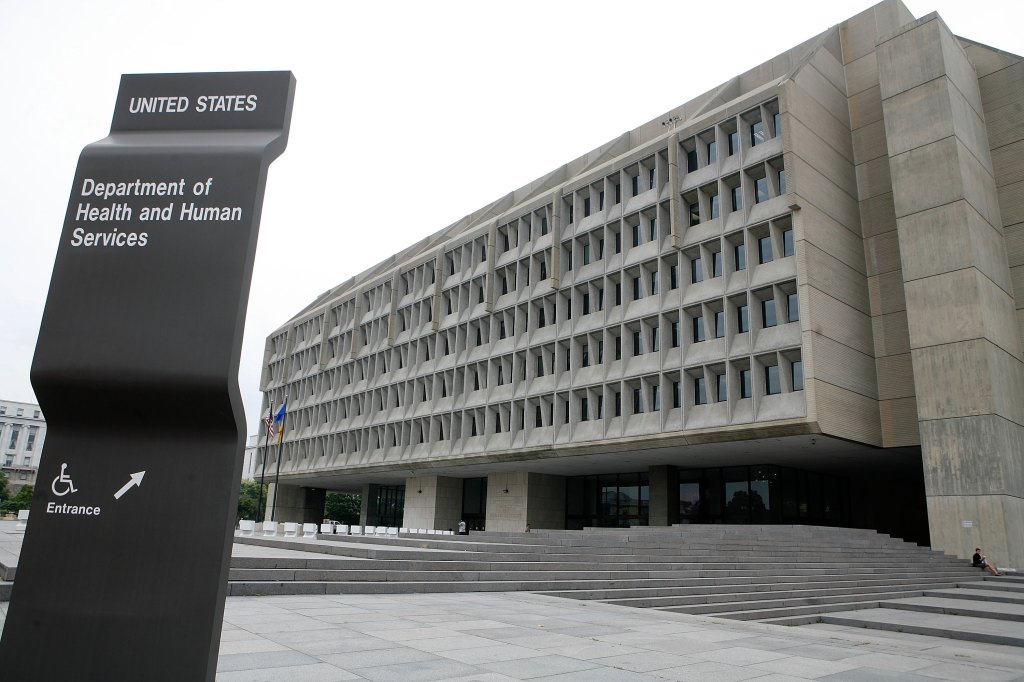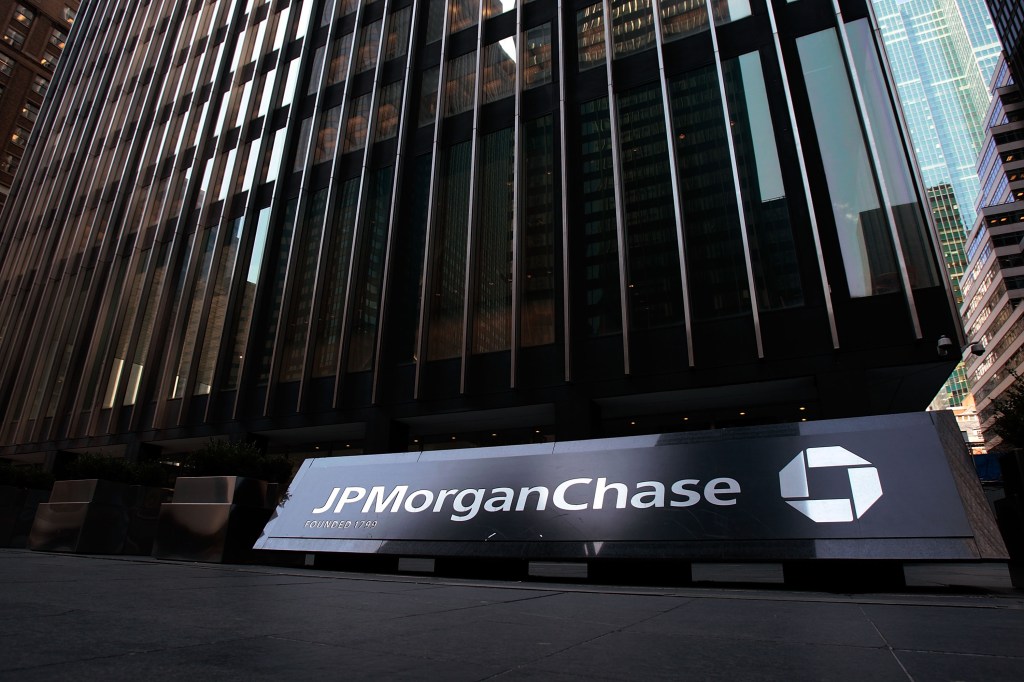JPMorgan Chase & Co (JPM), the largest US bank, will pay more than $350m to settle regulatory claims that it failed to feed information on trades into market surveillance systems. In an annual filing on Friday, the bank said it was subject to such penalties to two US watchdogs and
Register for free to keep reading
To continue reading this article and unlock full access to GRIP, register now. You’ll enjoy free access to all content until our subscription service launches in early 2026.
- Unlimited access to industry insights
- Stay on top of key rules and regulatory changes with our Rules Navigator
- Ad-free experience with no distractions
- Regular podcasts from trusted external experts
- Fresh compliance and regulatory content every day

















